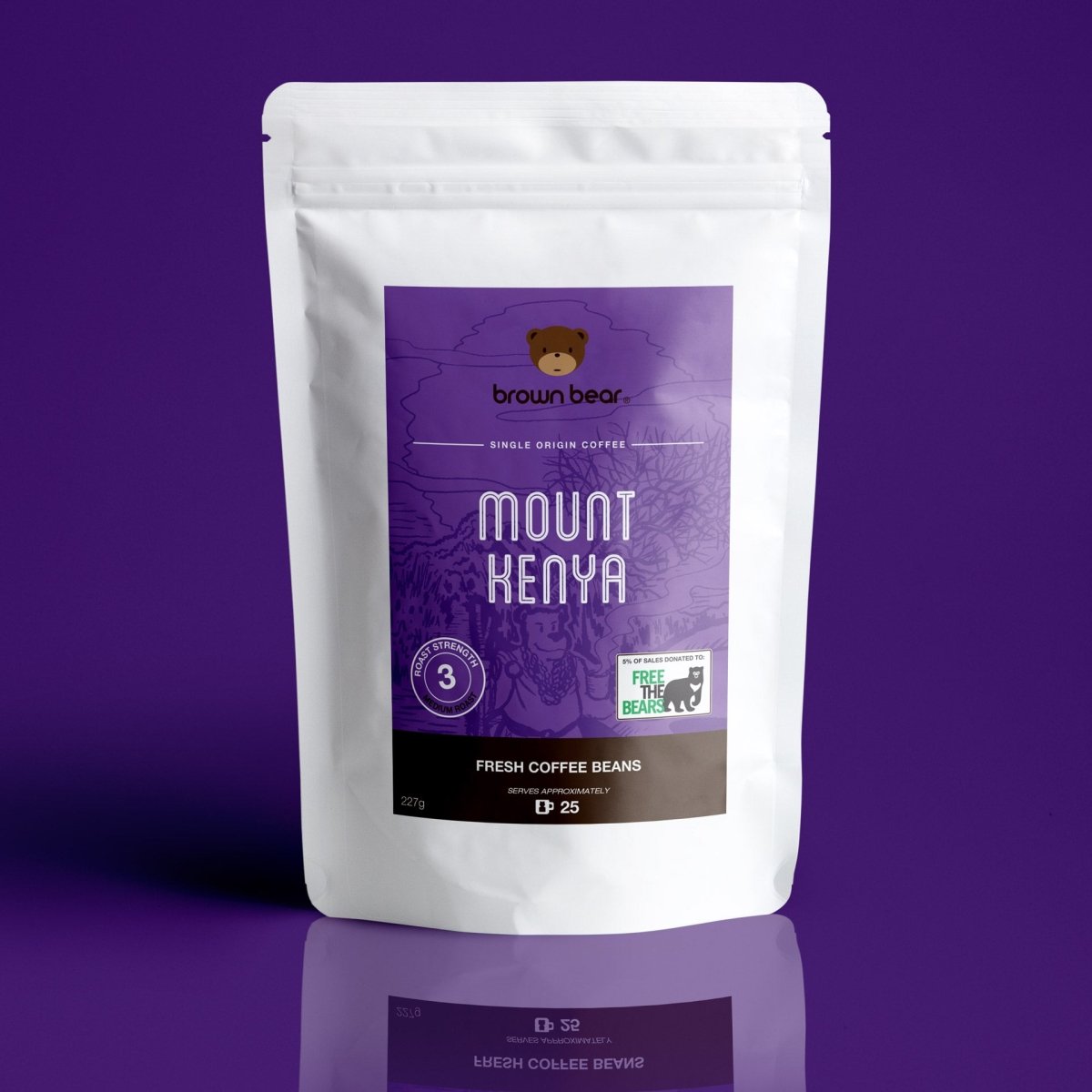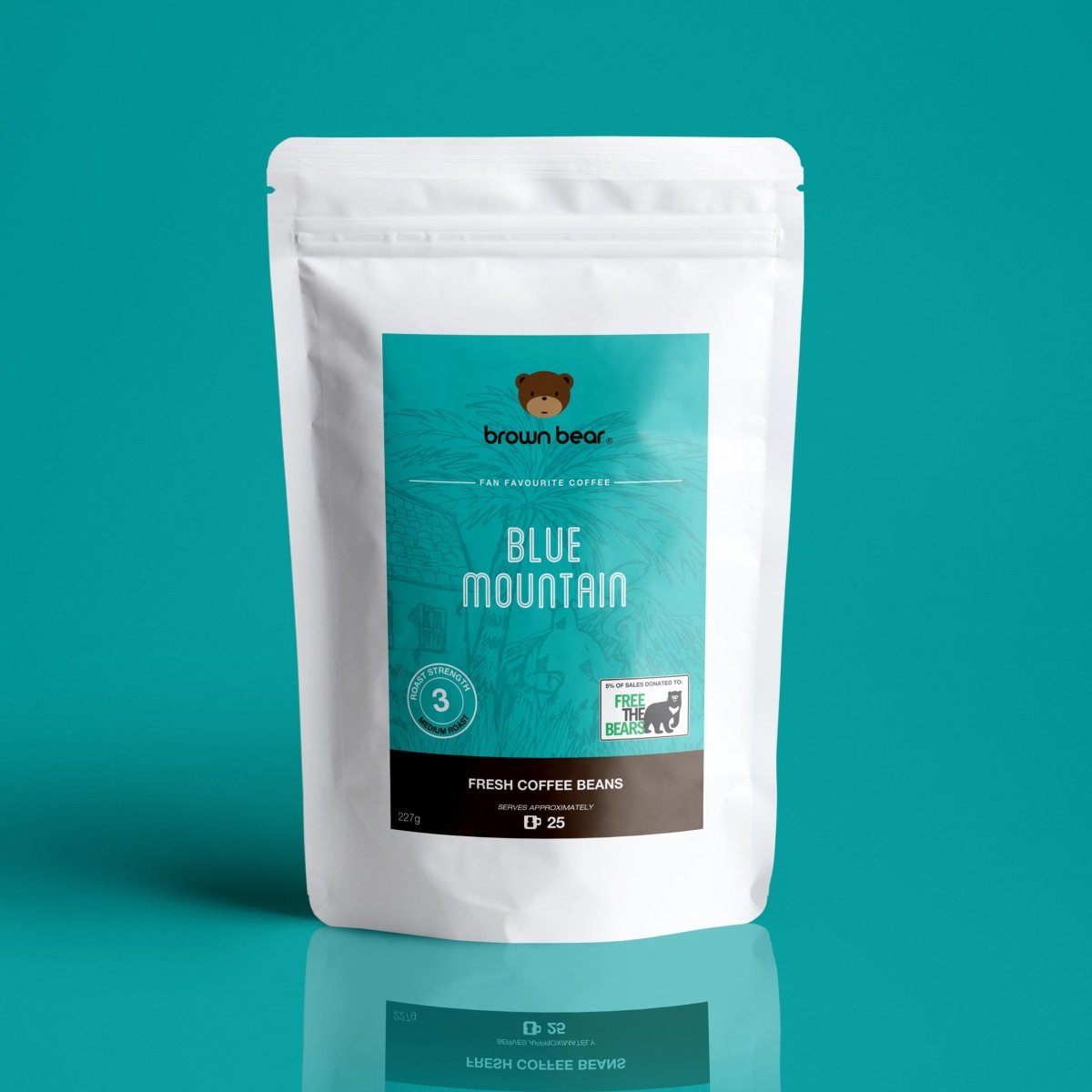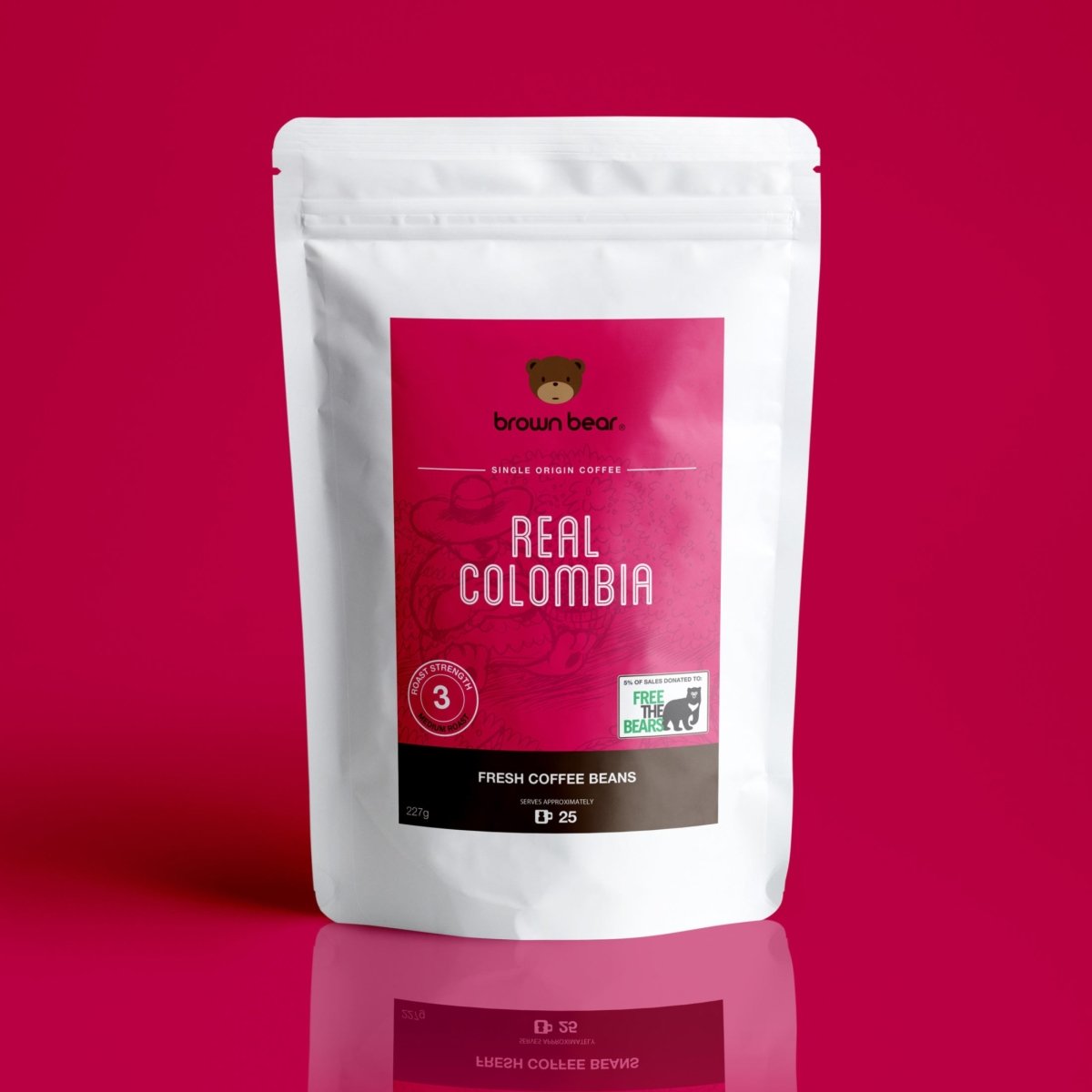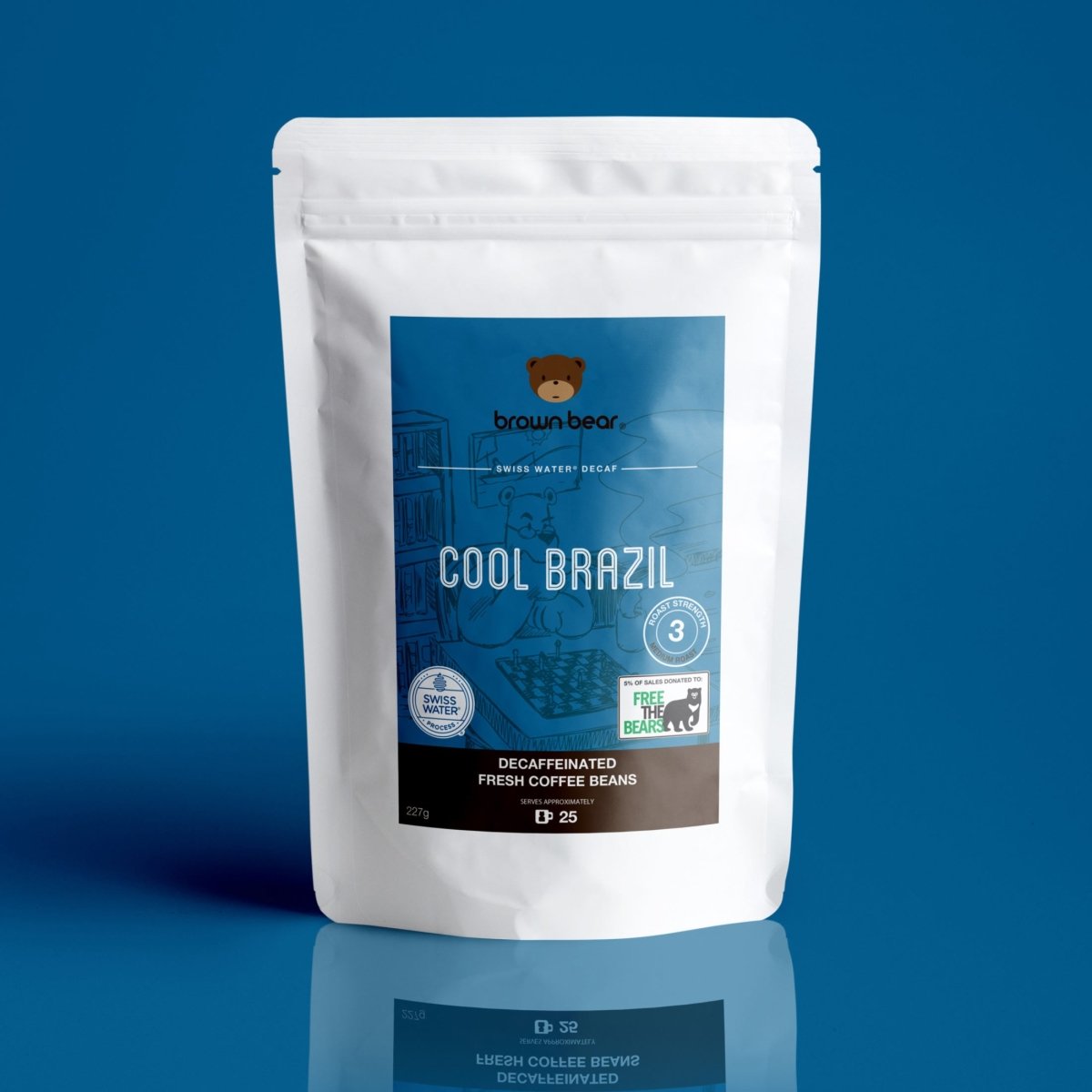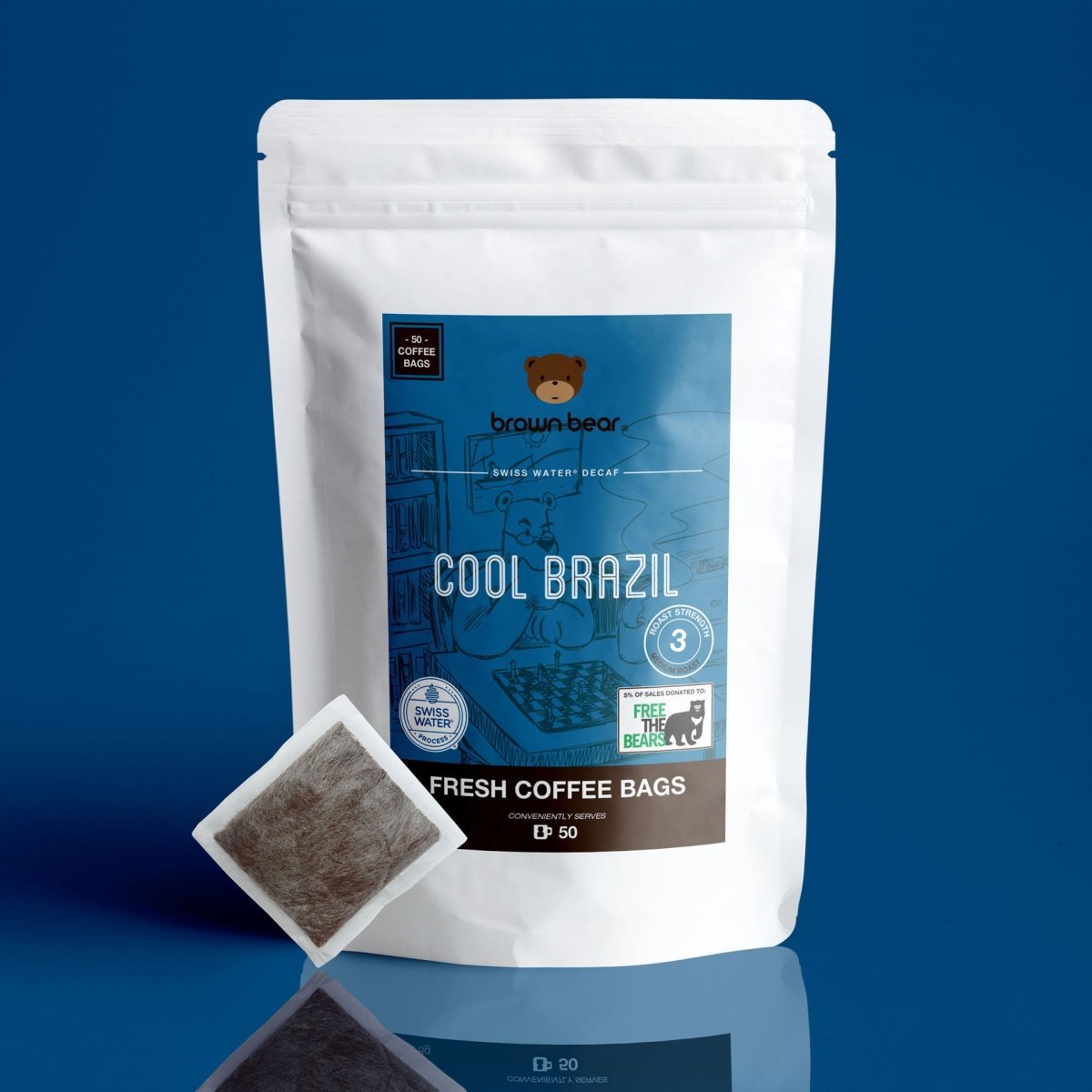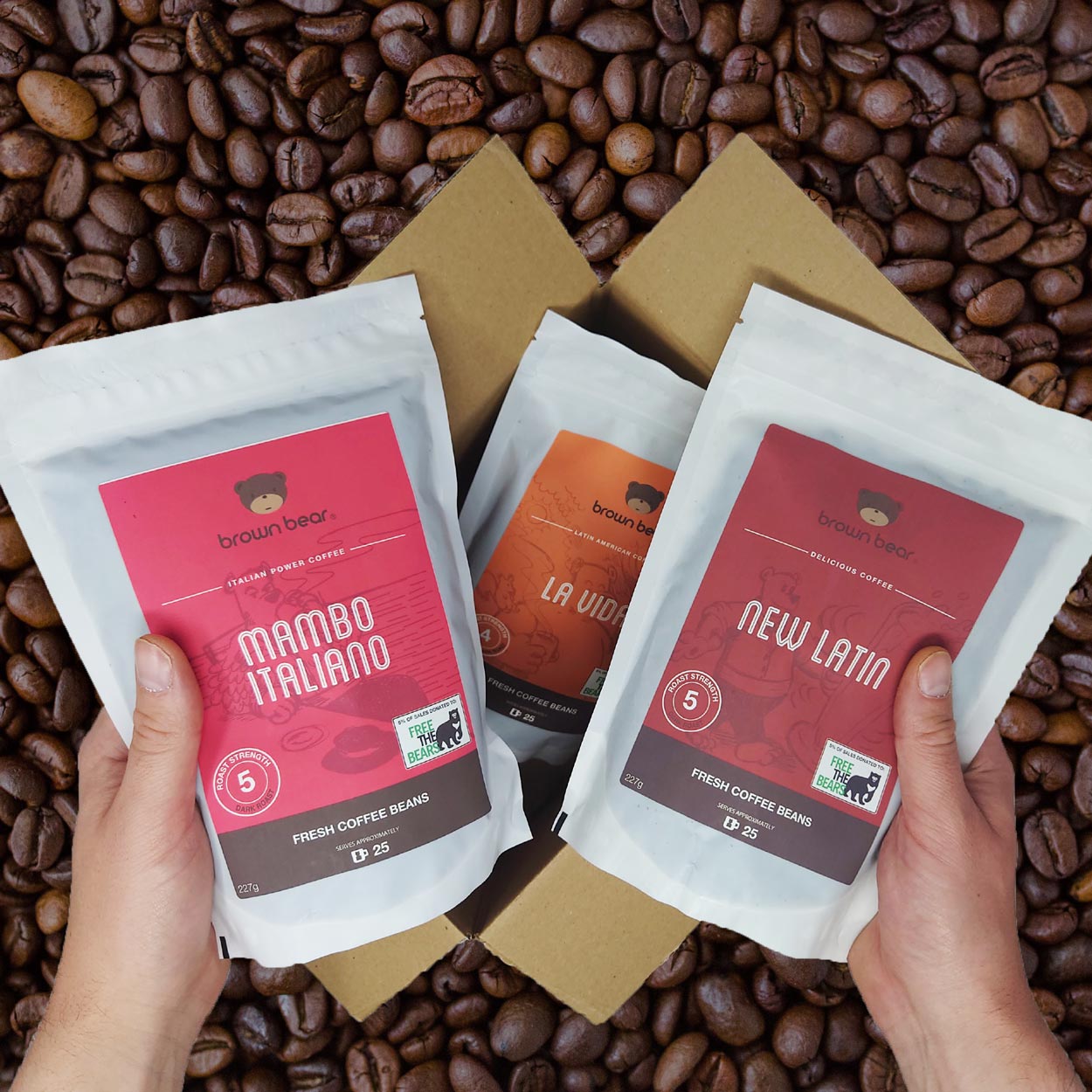Coffee History – The Origins of Coffee
Coffee was first prepared not as a beverage but as a food. African tribes would use stone mortars to crush the ripe cherries from wild coffee trees, mix them with animal fat, and then fashion this exotic blend into round balls which they consumed on their travels. This food had two advantages: the fat, combined with raw coffee's high protein content (lost when coffee is prepared as a beverage), provided concentrated nourishment; and the considerable caffeine content of the mixture acted as a stimulant to keep them going for longer.
Coffee as a beverage appeared next not in the form that we know it, but as a wine made in Africa from the fermented juice of the ripe cherries mixed with cold water. Or in some cases, the aroma of the dried beans was so attractive to early coffee drinkers that they simply immersed them in cold water and drank the resulting beverage; as a later refinement they crushed the beans.
It wasn't until 1000 A.D., when the Arabs learned to boil coffee, that it became a hot drink. From its first discovery the new drink was shrouded in mystery, imbued with magical properties, and surrounded with controversy. Legends link coffee with doctors, priests, poets, and philosophers who experienced sensations ranging from exhilaration to religious ecstasy.
One legend concerns the adventures of the dervish Omar. Condemned by his enemies to wander and die of starvation in a desert outside the Yemenite port of Mocha, Omar is awakened at midnight by an enormous apparition, the spirit of his dead mentor. He is guided to a coffee tree, where he picks the fruit and roasts the seeds. He then tries to soften them in water, and, when this fails, drinks the liquid. Astounded at his physical and mental feeling of well-being, he introduces the beverage to Mocha where its beneficial effects, attested to by his survival, are considered signs from God.
In another legend Kaldi, a young goatherd, sees his flock prancing and cavorting on their hind legs after eating certain cherries. Being of melancholy disposition, he resolves to try the fruit himself. A passing monk is astonished one day to see herdsman and flock merrily dancing together in a meadow. After learning Kaldi's secret and adding the refinements of drying and boiling the fruit, the monk uses the new drink to keep awake for night long religious ceremonies.
So, the coffee beverage took on a mythical status - somewhere between that of the manna of the Old Testament and the heady wine of Bacchus - and began to spread throughout the Arab world. At first consumed only on the advice of a physician or as an adjunct to a religious ceremony, the beverage rapidly became popularized. More and more doctors accepted coffee as beneficial and prescribed it to their willing patients.
The drink became a more serious part of religious ceremonies in Aden, Yemen, Cairo, and Mecca, where they passed huge jars of coffee around and chanted prayers until the newly risen sun glinted on the hot, dark liquid. Scholars, lawyers, artists, and those who worked at night discovered the delights and beneficial side-effects of coffee. Doctors no longer had to prescribe the drink; coffee was becoming a permanent part of the civilized Eastern world.
To supply the growing demand for the new drink the Arabs developed a simple but effective form of cultivation, starting their coffee plants in nurseries from seed and transferring the young plants to plantations in the foothills of nearby mountains when they were strong enough. An irrigation system of pebble-lined trenches distributed water from the mountain streams among the young coffee trees, and shade poplars protected them from the sun.
Methods of preparation also became more sophisticated as the popularity of coffee grew. Around 1200 A.D., coffee was being prepared as a concoction made from the dried hulls of the bean. Soon someone got the idea of roasting it over a charcoal fire. The roasted hulls and a small amount of the silver skins were then thrown into boiling water for half an hour, producing a pale yellow liquid.
By the sixteenth century further advances had been introduced: the whole bean was roasted on stone trays, then on metal plates; the roasted beans boiled in water produced a strong liquid. Finally, the roasted beans were pulverized with a mortar and pestle and the powder combined with boiling water. This drink was then consumed grounds and all, and was the reigning method of coffee preparation for over 300 years.
At the same time as coffee beans were introduced, the Arabs made changes in coffee preparation that greatly improved its flavour. Powdered coffee was steeped in water for a day, and half the liquid was boiled away and then stored in pots to be reheated and served when needed.
The invention of the ibrik speeded up the process whereby powdered coffee, cinnamon, cloves, amber, and sugar were boiled together and the brew was served in tiny china cups. The grounds were allowed to settle and the coffee was sucked up in sips as hot as the human tongue could stand.
When coffee began to lose its purely religious associations, the first coffee houses, or qahueh khaneh, sprang up in Mecca to accommodate secular demand for the beverage. The music, gambling, and free-wheeling social, political, and religious discussions that were a part of Levantine coffee-house life threatened rulers of the sixteenth century.
In reaction, the government, aided by clerics who saw their congregations deserting the temple for the coffee house, and by doctors who were interested in dispensing coffee as a costly medicine, attempted to shut down the qahueh khaneh. These persecutions eventually failed, coffee was too delicious to be restricted, and since wine was forbidden, and water in the Levant was scarce and brackish, and goat's milk hardly palatable, coffee was the perfect thirst quencher.
The cafenets of Constantinople and Damascus were the protoypes of the great Western coffee houses. These Eastern establishments were devoted to enhancing in leisure the sensibilities of the men of the age. Simple and comfortable, with prints and rugs decorating the walls, they were located in cool, pleasant open squares, often with a view onto water or a wide landscape, and represented a welcome refuge from the scorching desert. Friends met here to talk and contemplate life. The excitement of the city was concentrated here; for patrons of the coffee house it was opera and theatre combined. Backgammon and chess were played in coffee houses, and it is said the game of bridge originated in the coffee houses of Constantinople.
Once coffee had become popularized in the coffee houses it moved into the home, where the drink took on an ever-increasing importance in the lives of Near Eastern peoples. An elaborate coffee ceremony evolved that rivaled the Japanese Tea Ceremony in complexity, beauty of implements, and decorum, if not in spiritual import. The ceremony took place in the K'hawah, or coffee hall, which featured a charcoal-burning fireplace, decorative rugs and cushions, and ornamental copper coffeepots around the place of honour.


